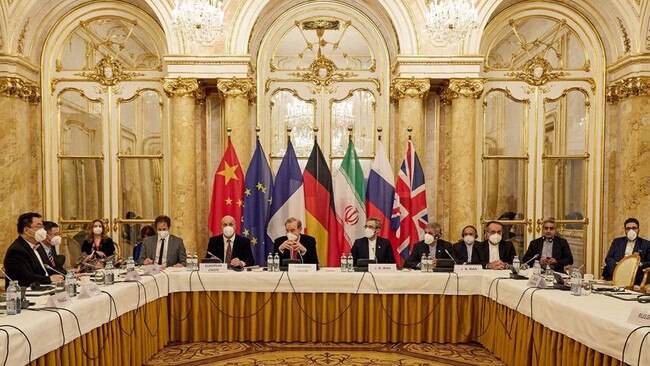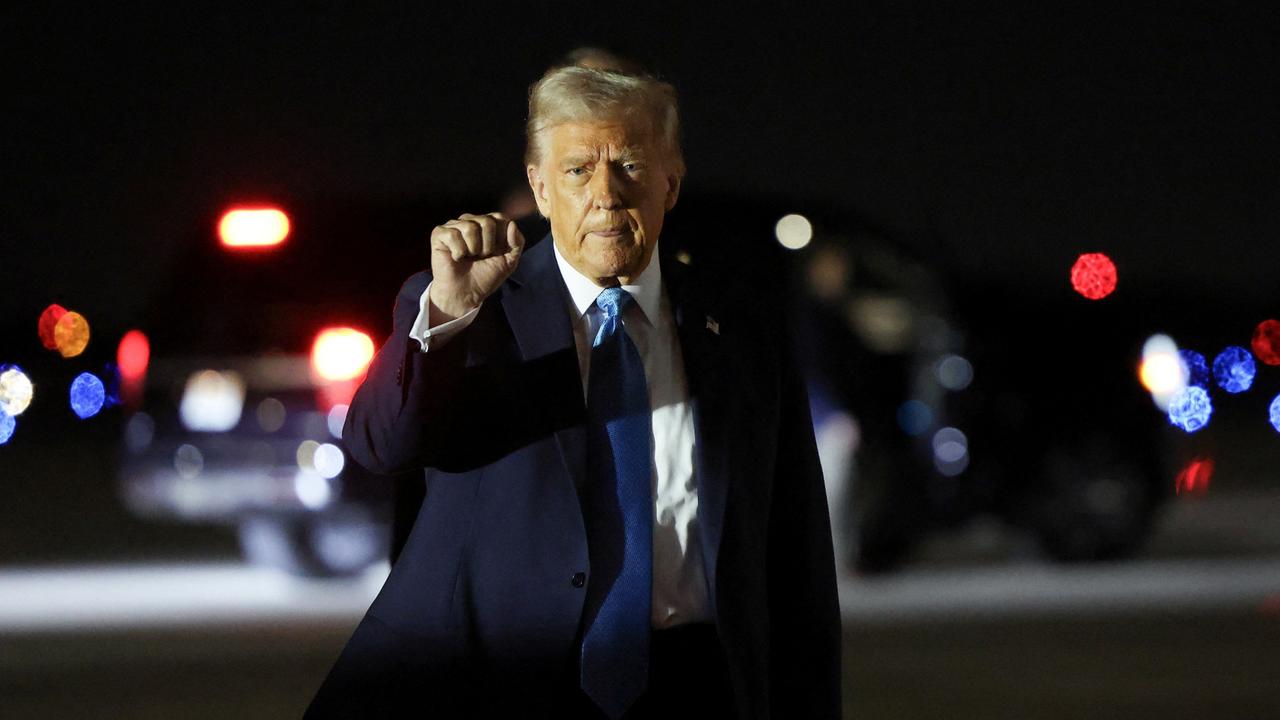US sees Iran’s nukes too advanced to restore key goal of 2015 pact
Terms of any new agreement are likely to leave Tehran in position to amass fuel for bomb in less than a year, shorter than 2015 deal.

The Biden administration expects a restored nuclear deal would leave Iran capable of amassing enough nuclear fuel for a bomb in significantly less than a year, a shorter time frame than the one that underpinned the 2015 agreement.
Administration officials concluded late last year that Iran’s nuclear program had advanced too far to re-create the roughly 12-month so-called breakout period of the 2015 pact.
Despite the change, the US is pushing ahead with talks. A revised deal needs to be reached soon, US officials said, to leave Washington and its allies enough time to respond to an Iranian nuclear buildup.
How limited that breakout period will be depends on the precise steps Iran agrees to take to dismantle, ship abroad, destroy or place under seal its stockpile of enriched uranium, its machines for producing nuclear fuel and its centrifuge manufacturing capacity.
Reducing the breakout time in any revised pact raises fresh doubts about the Biden administration’s ability to negotiate what US officials have called a longer, stronger deal that would further restrain Iran’s path to nuclear weapons and gain political support in Washington and among European allies.
US officials have said Washington would lift the bulk of the sanctions imposed by the Trump administration if Iran rejoined the deal. Negotiations are in Vienna about what assurances Washington will provide to help Iran enjoy the economic benefits of a restored deal.
A State Department spokesperson declined to comment on the US breakout assessments and said the administration was confident a deal “would address our urgent nonproliferation concerns”. “As we have said, we have only a few weeks to conclude an understanding, after which the pace of Iran’s nuclear advances will make return to the JCPOA impossible,” the spokesperson said, referring to the formal name of the deal, the Joint Comprehensive Plan of Action.
The 12-month breakout time was a central tenet of the 2015 deal Iran reached with the US and other powers, although it isn’t mentioned explicitly in the accord. The period was based on analyses that if Iran abrogated the restraints imposed by the pact, Tehran would still need a year to develop enough fuel for one bomb, giving the US and its allies time to respond.
The Trump administration withdrew from the deal in 2018 and reimposed sweeping sanctions on Tehran, saying the agreement was insufficiently stringent. Since then, Iran has accelerated its nuclear program, reducing its breakout time to a few weeks.
Some former US officials warn that a deal with a breakout period of anything less than six months could weaken Washington’s ability to respond to a sudden ramp-up of Iran’s nuclear program.
Administration officials held internal deliberations last year looking at breakout-time estimates under different scenarios, the officials familiar with the matter said. Those discussions made clear that the breakout time under any realistic deal would be significantly lower than 12 months, the officials said.
The breakout time is different from how long it would take Iran to attain a nuclear weapon because, according to Western officials, Iran is believed not to have mastered all the skills to build the core of a bomb and attach a warhead to a missile.
How much time Iran would need to amass enough nuclear fuel for a bomb is an estimate that depends on assumptions about its ability to operate different types of centrifuges, the speed of those machines and its skill in enriching uranium to weapons-grade levels.
Iran, which says its nuclear program is for purely peaceful purposes, has gradually expanded its nuclear work since mid-2019 and accelerated that work over the past year. It started producing 60 per cent enriched uranium, near weapons grade, for the first time and worked on how to convert low-enriched uranium speedily into highly enriched material.
The Wall Street Journal


